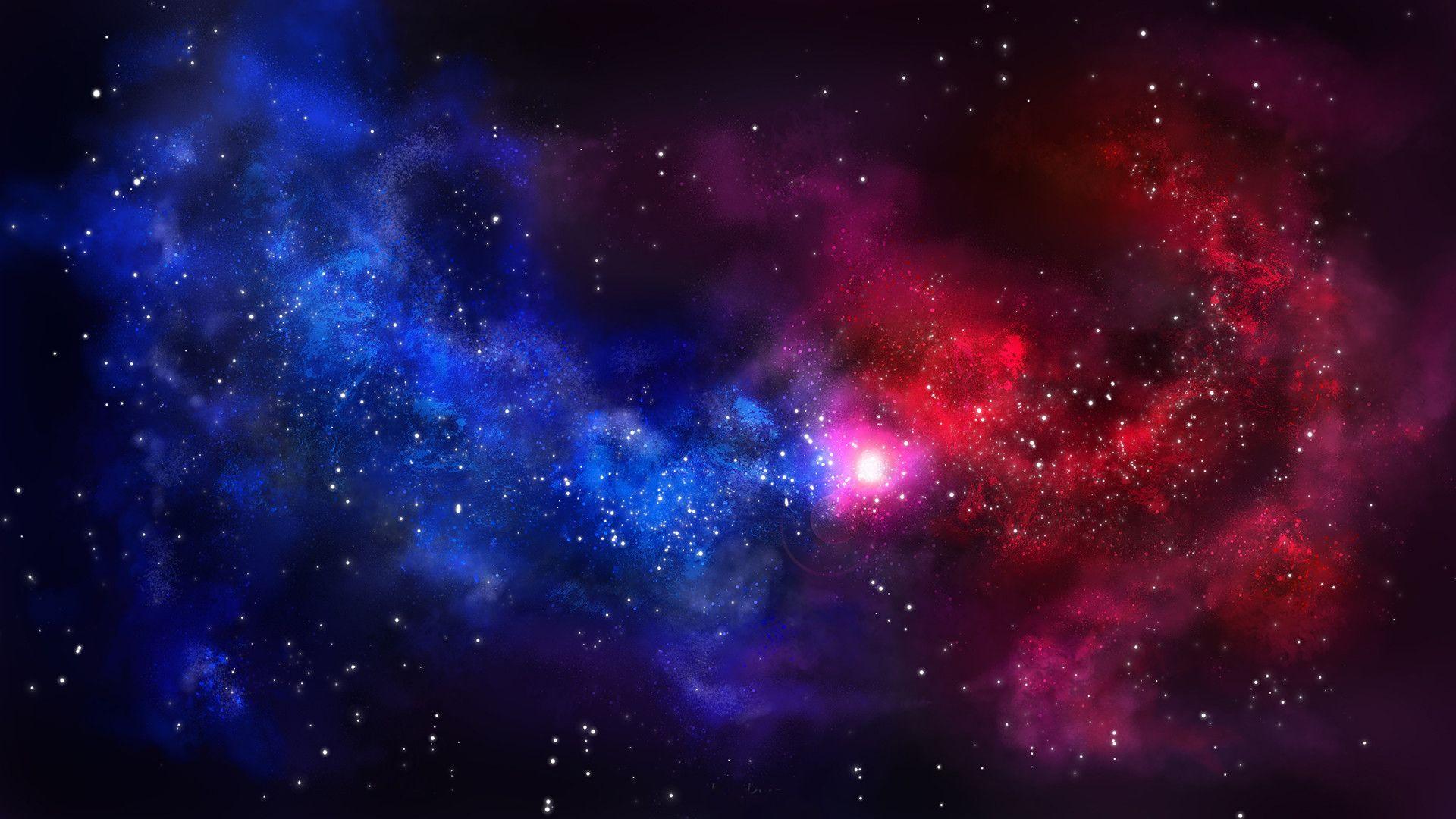

Over two centuries ago, the effect of color depth perception was first noted by Goethe in his Farbenlehre ( Theory of Colours) in which he recognized blue as a receding color and yellow/red as a protruding color. Red–blue contrast was used in a portrait of Goethe It is commonly found in stained-glass, historically artists have been aware of this effect, using it to generate advancing or receding perspectives within the images. History Stained-glass example of chromostereopsis The effect can appear much more pronounced when suitable images are viewed while wearing eyeglasses needed to correct myopia, with the effect almost completely disappearing when the glasses are removed.


The perceived differences in color's optical power span about 2 diopter (Blue: −1.5, Red +0.5). It has been proposed that chromostereopsis could have evolutionary implications in the development of eyespots in certain butterfly species. However, some work attributes most of the stereoptic effect to transverse chromatic aberrations in combination with cortical factors. Several models have been proposed to explain this effect which is often attributed to longitudinal and/or transverse chromatic aberrations. Positive chromostereopsis is exhibited when the red bars are perceived in front of the blue and negative chromostereopsis is exhibited when the red bars are perceived behind the blue. Ĭhromatic aberration results from the differential refraction of light depending on its wavelength, causing some light rays to converge before others in the eye (longitudinal chromatic aberration or LCA) and/or to be located on non-corresponding locations of the two eyes during binocular viewing (transverse chromatic aberration or TCA).Ĭhromostereopsis is usually observed using a target with red and blue bars and an achromatic background. Such illusions have been reported for over a century and have generally been attributed to some form of chromatic aberration. Visual illusion whereby the impression of depth is conveyed in two-dimensional color images Blue–red contrast demonstrating depth perception effects 3 Layers of depths "Rivers, Valleys & Mountains"Ĭhromostereopsis is a visual illusion whereby the impression of depth is conveyed in two-dimensional color images, usually of red–blue or red–green colors, but can also be perceived with red–grey or blue–grey images.


 0 kommentar(er)
0 kommentar(er)
